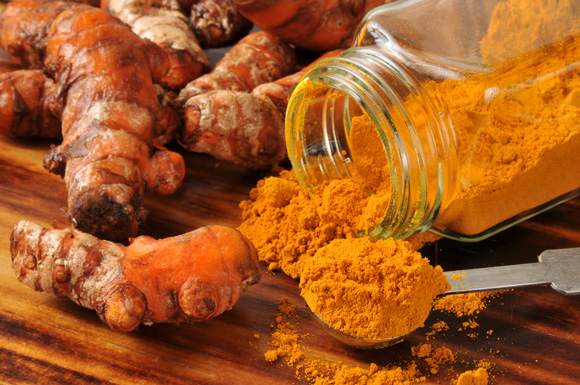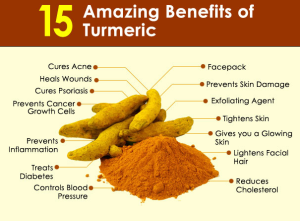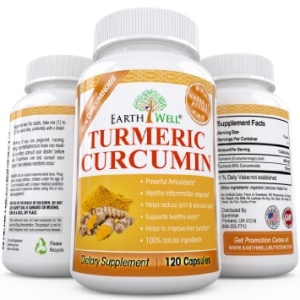[raw_html_snippet id=”my first ad”]
Recovery strategies in sport are various. In HSC PDHPE you need to know different types of recovery strategies, what they are? and how they might benefit the athlete? A recent article in the European Journal of Applied Physiology has discovered the benefits of turmeric (a yellow spice commonly used in Indian food) supplementation for delayed onset muscle soreness (DOMS) recovery.
In HSC PDHPE this type of recovery strategy comes under nutritional considerations, and could be used as an additional example for recovery strategies.
Turmeric has long been used in eastern medicine for its anti-inflammatory, anti-carcinogenic, and anti-oxidant properties, but not so much as a recovery strategy for DOMS. It is a consistent spice in many Indian dishes providing the yellow colour of rice and many curries, is cheap and easily accessible.
The study done by Nicol LM, Rowlands DS, Fazakerly R, and Kellett J found that turmeric supplementation reduced the pain associated with DOMS, lowered blood markers for muscle damage (i.e. reduced muscle damage), and decreased inflammation. This result means that turmeric may help in muscle repair.
Therefore, turmeric supplementation as a recovery strategy may reduce DOMS and allow for faster recovery. This then allows for improved training, which improves performance. Turmeric supplementation as a recovery strategy may also help reduce injuries, allowing for more sustained training and performance levels.
For HSC PDHPE recovery strategies, turmeric helps identify the importance of diet and the effect nutritional considerations can have on recovery and performance. If a little spice, such as turmeric, can be useful for recovery and used as a recovery strategy, then what else are we not considering in our training and performance preparation and recovery.
[raw_html_snippet id=”my first ad”]








